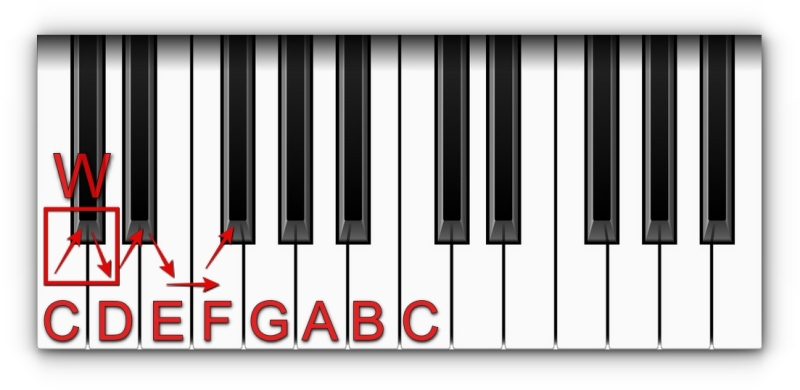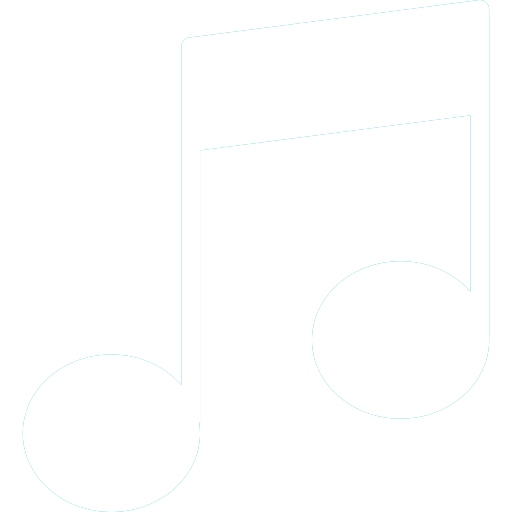
Welcome to Part 2 of Music Theory 101 for EDM producers. In Music Theory For EDM Producers Part 1
we covered learning notes, harmonics, and tonal qualities. Part 2 is all about scales. How they are formulated, how to learn them and a few different types of scales to get you started.
WHAT IS A SCALE?
A scale is a series of ascending or descending notes within an octave. They can be repeated in each octave. Notes within a scale are played singular, while chords are a combination of notes played together at the same time. There are no shortages of scales in the world. While most pop music derives itself from Western culture. The most commonly used and well-known scale is the Major Scale. The Major scale, when used to create chords, has the brightest and most widely appealing sounds.
C MAJOR SCALE
First, you must determine the key of your scale. The key is defined by the fist note in the scale. We will start with a C note. So our key is = C. The C major scale is the easiest, to begin with. This is made simple due to piano and MIDI keyboard note locations. The 7 notes are the 7 white keys. C, D, E, F, G, A, and B. Playing a scale in both ascending and descending order helps implant the notes into memory.

While most electronic musicians do not play an instrument that you physically hold, we are more accustomed to the piano roll in our DAW. A small investment in even the most basic of MIDI keyboard in which you physically press the note and get that response back posses a training unlike any other. The association made makes it easier to compose leads, bass lines and yes, even your drum patterns.
Now, we have 7 notes and only 5 fingers, hmmm, how is this going to work? This is going to sound simple enough. (here is where you may want to make sure you have a sense of humor and can laugh at yourself) For those who can play guitar or maybe another instrument, and have experience with creating great electronic music, this exercise may trip ya up. Find the C note closest to the center and place your fingers as indicated.
Thumb = C
Pointer - D
Middle - E
Now tuck your thumb behind those 2 fingers in order to play an F with your thumb. This allows you to use your pointer finger to play G, middle finger to play A, ring finger to play B and lastly, your pinky finishes up at C.
That is how to play a C Major Scale. Now you have to finish it up and play it in reverse. Even if you don’t have a MIDI keyboard you can load the scale into a piano roll. Just loop it and allow yourself to truly hear each sound. Call the notes out loud as each one plays. It’s all about familiarity and locking distinct sounds into memory.
FORMULA
To determine the notes in any major scale there is a science behind it. It is determined by “steps”. In music, there are half steps and whole steps. A half step is one key away from the starting note and a whole step is, two half steps, two keys away from the starting note. This includes both white and black keys.
The formula for any major scale is:
W - W - H - W - W - W - H

As you can see, since 2 half steps = a whole step, using the formula brings us from C to D. In order to find the next note, we need to go up another whole step. From D to D# is a half step, one more half step gives us a whole step and brings us to E and so on. Here are some additional formulas for different scales so that you may build your own.
Triads. Tri=3. The formula for a major triad scale is to remove the 1st, 3rd, and 5th notes. Using a C Major Scale a C Major Triad would be C D E F G A B C = C E G.
- Dorian
W - H - W - W - W - H - W - Mixolydian
W - W - H - W - W - H - W - Natural Minor
W - H - W - W - H - W - W
To learn more about scales, we offer a MIDI plugin called Instascale. It offers a wide variety of scales to choose from and you are able to route it through most plugin instruments within your DAW.
CONCLUSION
Use these formulas and create scale runs in your DAW. Make them ascend and descend. You can use a basic piano sound to become familiar with the sound of each note and then apply the notes to your primary synth. Either way, you learn by repetition. Try rearranging the notes within the scale. As you begin exploring your creativity will soar to new heights.
The lesson doesn't end here. Be sure to check back for the next installment. Chords. Until then, practice and explore some of the many scales that are out there.

















_Cropped.png?width=1600&name=02%20(2)_Cropped.png)




















Your Comments :